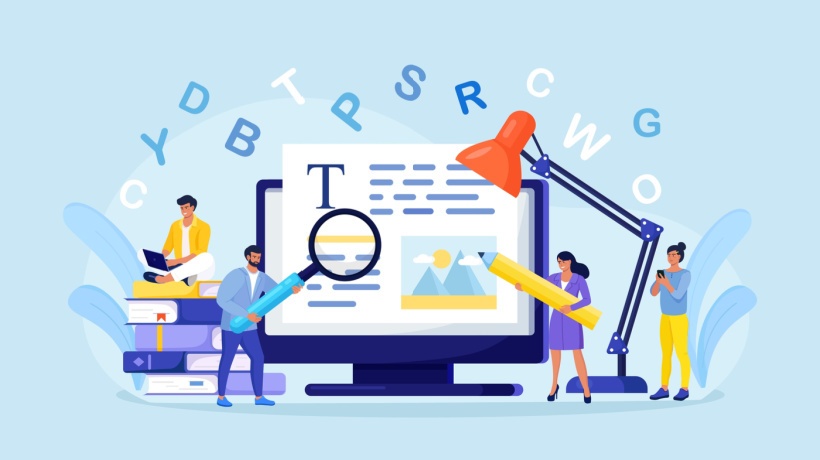Instructional Design: How Storytelling Can Create Emotional Connections
Engaging learners and facilitating deep, lasting connections with the material is paramount in Instructional Design. One of the most potent tools at our disposal is as ancient as human culture itself: storytelling. Storytelling isn't just the reserve of novelists and filmmakers; it's a critical, dynamic component of effective Instructional Design. This article delves into the essence of storytelling in eLearning, offering Instructional Designers a comprehensive guide to leveraging narrative techniques to enhance learning outcomes.
The Significance Of Storytelling In eLearning
At its core, storytelling is an intrinsic human practice, a fundamental way to understand, communicate, and connect with the world. Stories help us make sense of complex information, evoke emotions, and, most importantly, remember what we've learned. The narrative format mirrors how our brains are wired to perceive and process information, making storytelling an invaluable asset in Instructional Design.
Why Stories Resonate In eLearning
- Emotional connection
Stories naturally evoke emotions, making learning experiences more memorable and impactful. Emotional engagement is a critical component in the retention of information and the motivation to learn. - Contextual learning
Through stories, learners are placed within a familiar or relatable context, making abstract or complex concepts more understandable and applicable to real-world scenarios. - Enhanced retention
The narrative structure of a story helps learners organize information in a coherent, logical sequence, significantly improving retention and recall. - Encourages exploration
A well-crafted story can ignite curiosity and encourage learners to explore topics further, fostering a self-directed learning and exploration culture.
Implementing Storytelling In Instructional Design
Integrating storytelling into Instructional Design involves more than adding anecdotes to your eLearning courses. It requires a thoughtful, systematic approach that seamlessly intertwines narrative elements with educational content. Here are strategic steps to effectively harness the power of storytelling:
1. Define Your Learning Objectives
Before diving into storytelling, clearly define your learning objectives. What do you want learners to achieve by the end of the course? Understanding your objectives will guide the creation of your story, ensuring it aligns with the desired learning outcomes.
2. Know Your Audience
Tailor your stories to your audience. Consider their backgrounds, experiences, and interests to craft narratives that resonate personally with them. This connection makes the learning experience more relevant and engaging.
3. Construct A Relatable Protagonist
Create a protagonist who mirrors your learners' experiences or challenges. This character’s journey should parallel the learning path of the course, with each challenge or obstacle representing a learning objective to be mastered.
4. Utilize Conflict And Resolution
Every engaging story has a conflict that needs resolving. Use this structure to present challenges learners must overcome, embedding instructional content and activities as part of the resolution process. This makes the learning process engaging and provides context for applying new knowledge.
5. Embed Interactive Elements
Transform passive story consumption into an interactive experience. Use eLearning tools to allow learners to decide for the protagonist, leading to different outcomes. This interactivity enhances engagement and reinforces learning through practical application.
6. Leverage Multimedia
Incorporate multimedia elements such as images, audio, and video to bring your stories to life. These elements can add depth to the narrative, catering to various learning styles and making complex information more accessible.
7. Foster Emotional Engagement
Utilize storytelling to evoke emotions that reinforce the learning objectives. Whether it's empathy, excitement, or curiosity, connecting emotionally can significantly enhance retention and motivation.
8. Encourage Reflection
After presenting a story, encourage learners to reflect on the experience. Ask questions that prompt them to consider how they would have acted in the protagonist’s place and how the lessons learned apply to their lives or work.
9. Assess Through Story
Use storytelling as a tool for assessment. Present scenarios where learners must apply what they've learned to navigate through a story-based challenge, providing a more engaging and contextual way to evaluate learning outcomes.
10. Iterate And Evolve
Finally, continually seek feedback on your storytelling approaches. Learner insights can help you refine and adapt your narratives, ensuring they remain relevant, engaging, and effective.
Conclusion
In the digital age, where attention is fleeting, and engagement is paramount, storytelling emerges not just as a tool but as a foundational strategy in Instructional Design. By weaving educational content into compelling narratives, Instructional Designers can transform eLearning courses from mere conveyances of information into profound, engaging learning journeys. Embrace the art of storytelling, and watch as your Instructional Design comes to life, fostering knowledge acquisition and a deep, lasting impact on learners.









